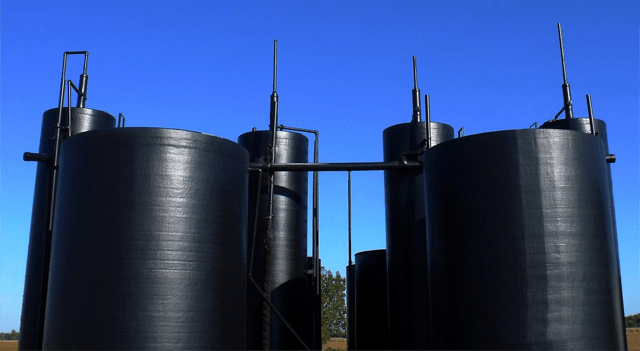Oil prices moved higher on Wednesday, lifted by a larger-than-expected draw in U.S. crude inventories and renewed optimism ahead of a high-profile meeting between the leaders of the United States and China — the world’s top two oil consumers.
By 07:45 GMT, Brent crude futures rose 22 cents, or 0.34%, to $64.62 a barrel, while U.S. West Texas Intermediate (WTI) added 20 cents, or 0.33%, to $60.35 a barrel.
China’s Foreign Ministry confirmed that President Xi Jinping will meet with U.S. President Donald Trump on Thursday in Busan, South Korea, saying the encounter would “inject new momentum into the development of U.S.-China relations” and that Beijing was ready to work with Washington for “positive outcomes.”
Officials in Beijing also said China remained willing to cooperate with the U.S. on controlling fentanyl exports. Trump recently indicated that he might consider lowering tariffs on Chinese imports in exchange for Beijing’s commitment to limit exports of precursor chemicals used to manufacture the drug.
According to data from the American Petroleum Institute (API), U.S. inventories declined across the board last week. Crude stocks fell by 4.02 million barrels, gasoline by 6.35 million barrels, and distillates by 4.36 million barrels for the week ended October 24.
The sharper-than-expected inventory drawdown triggered a price rally in the prior session and continued to support the market on Wednesday.
“The surprise draws on inventory in the U.S. helped prices this morning, but the interplay of sanctions risks and OPEC+’s posture is driving markets,” said Priyanka Sachdeva, senior market analyst at Phillip Nova.
“That doesn’t mean the rally has unlimited upside. Because while the sanctions/supply story has been built up, the demand side still shows softness and spare capacity remains,” she added.
Last week, Brent and WTI both recorded their biggest weekly gains since June after President Trump imposed new Ukraine-related sanctions on Russia, targeting energy majors Lukoil and Rosneft.
Still, expectations that sanctions might not significantly tighten supply — and growing speculation of a possible OPEC+ output increase — dragged both benchmarks down by nearly 2% in the previous session.
The Kremlin responded Tuesday by stating that Russia continued to offer “top-quality energy at a good price,” leaving it up to its partners to decide whether to continue purchasing Russian fuel under the new sanctions regime.
Industry sources said several Indian refiners have paused new orders for Russian oil pending further guidance from the government, though some have turned to the spot market for alternative supply. Indian Oil, however, reaffirmed that it “would not stop buying Russian oil as long as it was complying with sanctions.”
Germany’s economy minister later confirmed that the U.S. government provided written assurances exempting Rosneft’s German operations from sanctions since the assets are no longer under Russian ownership.
Within OPEC+, sources familiar with the talks said the group is leaning toward a moderate production increase in December, with a potential boost of around 137,000 barrels per day.
Meanwhile, the CEO of Saudi Aramco commented that global oil demand “was strong even before sanctions were imposed on Russian oil majors” and that “Chinese demand was still healthy,” adding confidence to the sector’s recovery outlook.
